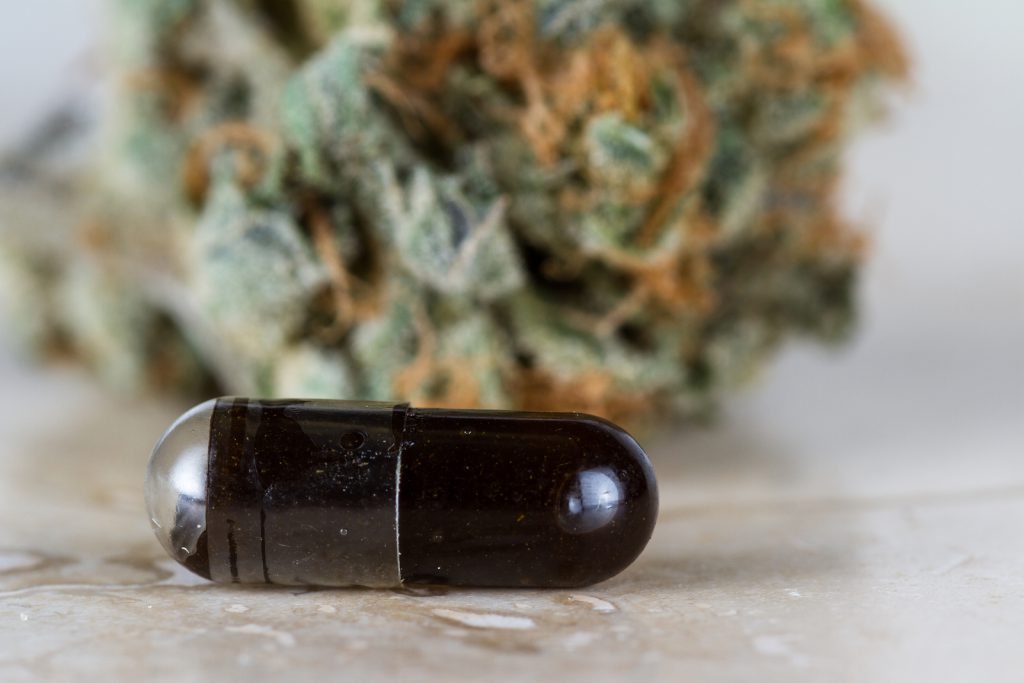Cannabis medicine can be delivered in many ways. There are many articles out there extolling the virtues of smoking, vaping, edibles, topicals, and tinctures. Unfortunately, as with so many things on the internet, much of that information is wrong. Further, there is the idea that one should choose how to use cannabis based on personal preferences, which is also wrong thinking.
Cannabis, like many medications, behaves differently depending on how you take it, so the choice comes down to which method works best for whatever problem we’re trying to treat.
Approaches that Actually Work
When it comes to what will work, there are really only 2 choices: inhalation or oral ingestion. Even within those categories there are approaches that work better and those that work less well or pose increased risk.
For example, vaping cannabis extracts has become excessively popular. It turns out that vaping oils is not safe in the least. Inhaling hot oil is not good for your lungs. Neither is inhaling the products of combustion that these devices emit (they’re not really vaporizing, they’re burning that oil). Further, recent data show that the devices themselves leach heavy metals into the oil that then get into us!
We should avoid these higher risk approaches and use methods that are more healthful and reliable.
When it comes to oral preparations there is also a wide range of choices, many of which are not ideal. For example, brownies and rice crispy treats may be yummy, but aren’t a good approach to taking a medicine, particularly on a routine basis. They’re too full of sugar and fat and calories. Providing a holistic view of medicine includes being aware that patients often have diabetes or are overweight and our medications shouldn’t make those aspects worse.
On the other hand, gummies are small, reliable, and have very low sugar and fat. These can be ideal products for most patients who need an oral product.

The Low Down on Capsules
Capsules would seem like the ultimate solution for an oral medical product. They have no food aspect, so have even lower fat and sugar content than gummies. In an ideal world, this is correct. However, there are several complications in the real world.
Most commercial capsules are very expensive and are often sold in very small quantities. They are not always made well and can be less well absorbed by the gut than gummies. On the other hand, if done well, they can be an effective option.
For many patients the overarching question is which is best for them? The answer is that depends on the situation and illness(es) of that individual. There is no “one size fits all” answer.
Based on the situation we have to decide between inhalation or oral ingestion, then think about available products and circumstances that might make one product more or less good for that person.
Given the limitations of capsules that we discussed earlier, commercial products may not be reliable or affordable. Capsules can be made at home, but that requires extra knowledge and a dedication to being very precise. Most folks don’t have the time or willingness to make their own.
So What’s the Best Way to Make Capsules?
My best advice is to not get ahead of yourself. Come see me in my practice so that we can discuss your care, your particular situation and illnesses, and come up with the best, safest, care plan for you. If that involves capsules, I can get into the details of where to buy them or how to make them.
You see, it all depends on what’s going on for you, and tailoring your treatment to what you need is what I do.

